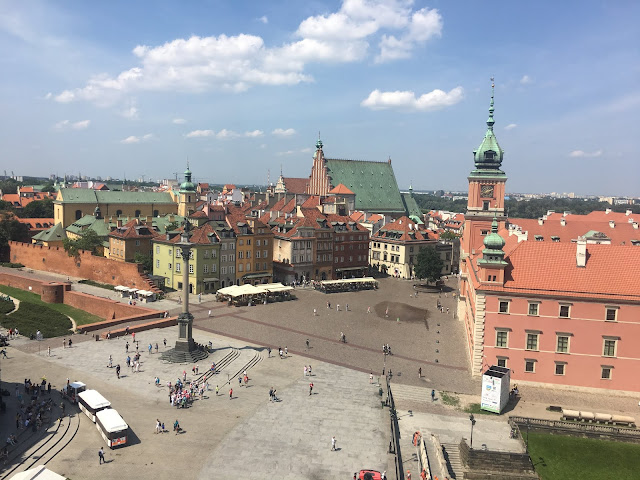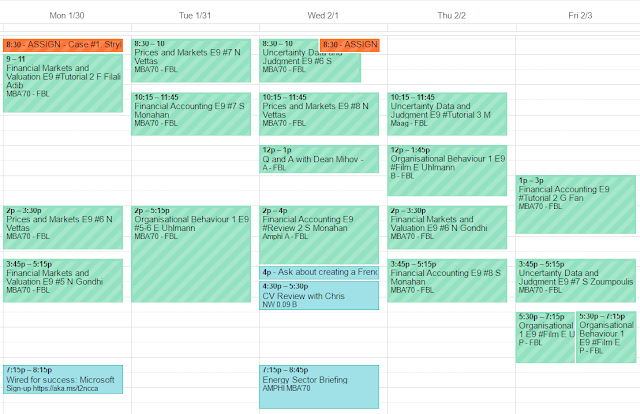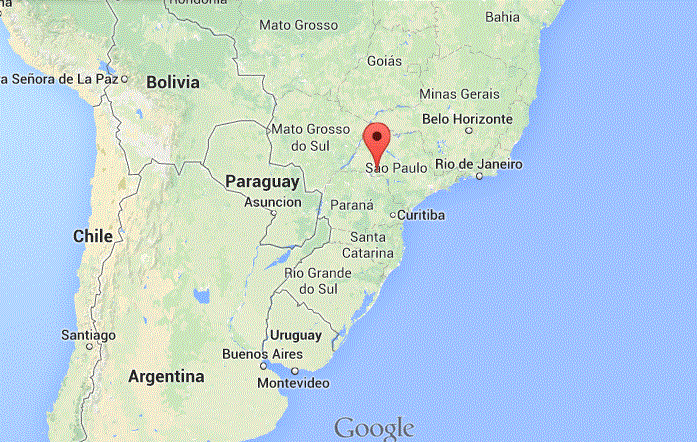Polishing Polish

Last weekend Sandra and I spent 4 days in Warsaw, Poland.
Poland has had one of the toughest histories of any country due to its central position in Europe with difficult to defend land borders. From the 17th to 19th centuries, Poland was invaded by Sweden, Russia, Prussia, Austria, and Russia & Prussia (this time together). Finally in 1919 they get their independence only to be invaded by Nazi Germany in 1939. Finally, in 1944 Poland is liberated! Hooray! Wait, who liberated them? Oh, the Soviet Union. Goodbye Hitler, Hello Stalin. Out of the frying pan and into the fire.
After the fall of the Soviet Union in 1990, the Polish economy collapses by 40%. Everything seemed to go okay after that until 2010 when a Polish plane crashed in Russia killing all 96 people on board, including the president and former president, the chief of the Polish General Staff, the president of the Bank of Poland, Poland's deputy foreign minister, 15 members of parliament and senior members of the Polish clergy.
Poland's history has been so tough that there are several memes about it.

Polish Jews had an especially bad time. Of the 6 million Jews killed in the Holocaust, 3 million were Polish, which was around 90% of the Jewish population in Poland. Of the 300,000 survivors, most left after the war to the United States and Israel.
Today, however, Warsaw looks like a modern European capital. One of my German friends told me that the EU pours money into Poland to help develop it as a buffer zone from Russia. Warsaw had skyscrapers, Ubers, the most electric scooters per capita I have ever seen in a city, and hipster cafes. My only other experiences in Central / Eastern Europe were in Prague, Czech Republic and Sofia, Bulgaria. Warsaw looks much more modern than both of those cities. Poland was noticeably cheaper than western European countries I've visited. Poland uses the zloty pronounced "slotty" (although Sandra and I most of the time said "slutty"), not the Euro. A beer in a restaurant would cost 8-12 slutties, or 2-3 Euros, and most of our dinners would be less than 20 euros in mediumly-nice restaurants with drinks.
Food was pretty good. The classic is pierogi which are boiled dumplings filled with meat, sauerkraut, or mushrooms.
Sauerkraut stew with pork
Potato pancakes. Poland actually invented a dish of Polish pancakes with Goulash (the typical food from neighboring Hungary) as evidence of the countries' friendship. Maybe they should have though of this earlier and they wouldn't have been invaded so many times!
Typical street food called Zapienkanka. Basically the baby of a baguette and a pizza.
From Warsaw, we took a 3-hour train to Krakow for a day trip. Krakow is a much more historic city than Warsaw (well 90% of Warsaw was destroyed in WWII so you can't blame them), with a beautiful old town. Despite the old town being objectively more beautiful than Warsaw, Krakow also felt overwhelmingly touristy with TONS of people. All the restaurants were touristy, there were constantly people trying to hand you flyers for restaurants, etc. It was all nice-looking, but to me it didn't feel authentic as nobody actually seemed like they lived there. Warsaw, on the other hand, felt like a place where people live. It had the historic center, but it also had lots of other places that were interesting too.
This picture is how I imagined Poland would look before coming:
Old town in Warsaw. There were SO many churches in Warsaw. In the old town it felt like every block there was a large church. Poland is a very Catholic country with 88% of its population identifying as Catholic. Pope John Paul II, who was the Pope from 1978-2005, was Polish and was the first non-Italian Pope in 500 years.
Łazienki Palace
View of Castle Plaza in Warsaw

Wait, what's that tower in the distance? Enhance!
Oh, it's a coal power plant. I spotted 3 coal power plants while I was in Warsaw that are visible from the city. Poland was the host of COP24 last December, the most important climate change conference that occurs every two years. The weird part was that Poland has been very slow to move on climate change with almost no renewable energy generation, especially when compared to its European peers. So effectively the climate change conference was powered by coal electricity. In the graph below, black is coal and green is renewables. Poland is by FAR the most coal heavy country.
In general, Poland is a fairly right-leaning country politically. They have taken a hard stance on immigration along with Czech Republic, Hungary, and Slovakia. Many see Poland as trending in the direction of populism and illiberalism similar to its neighbor Hungary. It's not a very diverse country ethnically. 98% of the population are Polish. For example, I didn't see any black people for the first 2 days walking around the city, similar to my experience in Argentina. We didn't have too much deep interaction with the locals other than restaurants, hotel staff and Uber drivers (also we don't speak Polish) so I can't comment first-hand, but this is what I read in the international press. Although, there was a gay pride festival when we were there so there are some signs of hope.
Well that's enough Polish history and politics for one day.













Comments